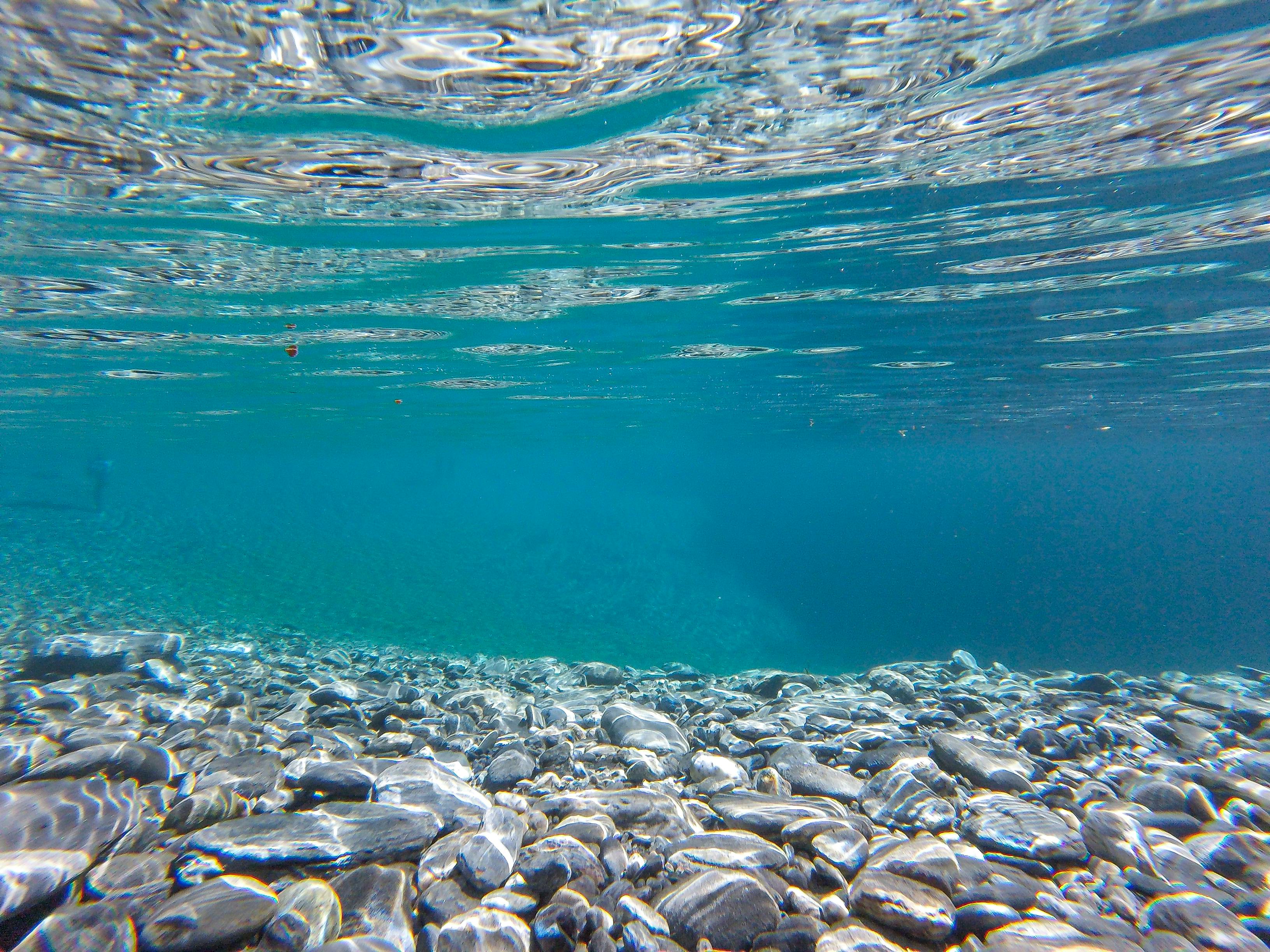Reverse osmosis water and distilled water are two of the most popular ways to purify water. But which is better for producing pure water? This article will discuss the differences between reverse osmosis and distilled water, examining their similarities and differences. It will consider the advantages and disadvantages of each method, exploring which one is more effective for producing pure water. Finally, it will provide a conclusion about which method is best for achieving clean, safe drinking water.Reverse Osmosis Water is water that has been filtered through a semi-permeable membrane using pressure, which removes impurities such as salts, bacteria, and other particles. It is the most effective way to purify water and can remove up to 99% of dissolved salts and other contaminants. Reverse osmosis water is often used for drinking water, aquariums, and food preparation and can also be used for industrial applications.
Reverse Osmosis Water vs Distilled Water
Reverse osmosis and distilled water are two types of purified water. While both processes remove impurities, they do so in different ways. Reverse osmosis water is filtered through a semipermeable membrane, while distilled water is boiled and condensed, leaving behind unwanted contaminants.
Reverse osmosis water is created by forcing contaminated water at high pressure through a semi-permeable membrane, which eliminates up to 99% of contaminants. The process also removes beneficial minerals such as calcium and magnesium, so many people choose to add them back after the filtration process. Reverse osmosis is considered one of the most effective methods for purifying drinking water.
Distilled water is produced by boiling contaminated liquid and collecting the resulting steam, which leaves behind any solid contaminants. The steam condenses into pure liquid that is free from impurities. Distillation also removes beneficial minerals from the water, but unlike reverse osmosis, it may also leave behind some chemical contaminants that are volatile enough to vaporize with the steam.
<
What Are the Benefits of Reverse Osmosis Water?
Reverse osmosis water filtration has been used for many years to improve the taste and quality of drinking water. This type of filtration removes impurities and contaminants from water, making it safer to drink. Reverse osmosis water is purified by forcing it through a semi-permeable membrane that traps the contaminants, leaving only clean and pure drinking water behind. There are several benefits to using reverse osmosis filtration systems, including improved taste, reduced health risks, and cost savings.
One of the most notable benefits of reverse osmosis is its ability to improve the taste of drinking water. By removing contaminants such as chlorine, sediment, and other organic compounds, reverse osmosis filters make tap water taste great. The improved taste is especially beneficial for those who are sensitive to chlorine or have a preference for bottled or filtered water.
Another benefit of using reverse osmosis is that it can reduce health risks associated with consuming contaminated drinking water. Many communities rely on groundwater sources that contain potentially harmful bacteria or chemicals that can make people
What Are the Disadvantages of Reverse Osmosis Water?
Reverse osmosis water filtration is a popular method for filtering drinking water, but it also has its drawbacks. One of the main disadvantages of reverse osmosis water is the cost. In addition to purchasing the reverse osmosis filtration system, it also requires a significant amount of energy to run. This makes it expensive to operate and maintain compared to other methods of filtration.
Another disadvantage of reverse osmosis is that it can remove beneficial minerals from your drinking water. This can make the water taste flat and unappealing, as well as lacking in essential vitamins and minerals. This means that you should supplement your drinking water with other sources of minerals, such as fortified juices or supplements, in order to ensure that you are getting all of the essential nutrients that your body needs.
Finally, reverse osmosis can be wasteful in terms of water usage. For every gallon of filtered drinking water produced, up to four gallons of wastewater are produced as a byproduct. This means that a significant amount of water
Does Reverse Osmosis Remove Essential Minerals from Water?
Yes, reverse osmosis does remove essential minerals from water. Reverse osmosis is a process of water purification which passes water through a membrane to filter out contaminants and impurities. This process removes particles, microorganisms, ions, and minerals such as calcium and magnesium. The removal of these essential minerals can lead to water that is low in mineral content and may be classified as “demineralized” or “deionized” water.
Reverse osmosis can be beneficial for removing certain contaminants from the water supply; however, it should not be relied upon as the sole source of water filtration and purification. By removing essential minerals from drinking water, it can become acidic over time and create an imbalance in the body’s pH level. To prevent this, it is important to supplement reverse osmosis drinking water with essential minerals such as calcium and magnesium.
Additionally, some reverse osmosis systems may also use chemicals such as chlorine or chloramines to disinfect the filtered water before it reaches the tap. These chemicals are known to strip away essential minerals in

Does Reverse Osmosis Provide Drinking Water on its Own?
Reverse osmosis is a process that is used to purify water by removing impurities from it. The process involves forcing water through a semi-permeable membrane that removes most of the contaminants and leaves behind clean, potable water. While reverse osmosis can provide clean drinking water on its own, it is often combined with other treatments such as filtration and disinfection before it can be considered safe for drinking.
The reverse osmosis process does not add any chemicals or disinfectants to the water, so it cannot kill bacteria or viruses on its own. This means that while the water may be clean and free of visible particles, it could still contain harmful microorganisms that could make people sick if consumed. Therefore, reverse osmosis is usually combined with other treatments such as filtration or ultraviolet disinfection to ensure the safety of the drinking water.
The reverse osmosis process also removes essential minerals from the water, which can make the water taste flat and unappealing. To improve the taste of reverse osmosis drinking water, many systems have a mineral
How Long Does It Take to Purify Water Through Reverse Osmosis?
Reverse osmosis is a commonly used method for purifying water, and it can be done quickly and efficiently. The amount of time it takes to purify water through reverse osmosis varies depending on the size of the system, the type of filter used, and the amount of water being purified. Generally speaking, a typical reverse osmosis system can purify up to 50 gallons of water per day. Smaller systems may take up to 10 minutes to purify one gallon of water, while larger systems may take less than an hour to purify 50 gallons.
The amount of time it takes for a reverse osmosis system to purify water also depends on the quality and type of filter used. Most filters will need to be replaced every six months or so in order to maintain their efficiency. Additionally, if there are large amounts of sediment or other impurities in the water, it will take longer for the reverse osmosis system to filter them out.
Overall, it typically takes between 10 minutes and an hour for a reverse osmosis system to pur
Is There Any Risk From Consuming Too Much Reverse Osmosis Water?
Reverse osmosis water is a type of purified drinking water that has been filtered through a special semi-permeable membrane. It is often used to improve the taste and odor of drinking water, as well as remove unwanted minerals and chemicals. While reverse osmosis water is generally considered safe to drink, there are some potential risks associated with consuming too much of it.
The main risk associated with drinking too much reverse osmosis water is that it may be lacking in essential minerals and electrolytes. This can lead to dehydration, as well as mineral deficiencies if consumed too often or in large quantities. In addition, reverse osmosis water may contain contaminants, such as chlorine and arsenic, if not properly filtered. Therefore, it is important to ensure that the reverse osmosis system you are using is effective at removing these contaminants before drinking the water.
Another potential risk associated with consuming excessive amounts of reverse osmosis water is that it can cause an imbalance in the body’s pH levels. This can lead to acidity issues in the stomach and other digestive problems if

Conclusion
Reverse osmosis water is a viable alternative to distilled water, and can offer many of the same benefits in terms of purity. Reverse osmosis water is not as pure as distilled, but it does have lower levels of contaminants such as chlorine, fluoride, lead, and nitrates. It also has fewer dissolved solids than other types of drinking water. Although reverse osmosis water may not be as pure as distilled, it still provides an excellent source of clean drinking water for those who desire a more natural way to purify their drinking water.
When choosing between reverse osmosis and distilled water, it is important to consider your needs and the level of purity you desire. Reverse osmosis is a great option for those who want a cleaner type of drinking water without the need for expensive distillation equipment or lengthy distillation processes. In the end, both types of purified water can offer great benefits in terms of health and convenience.

